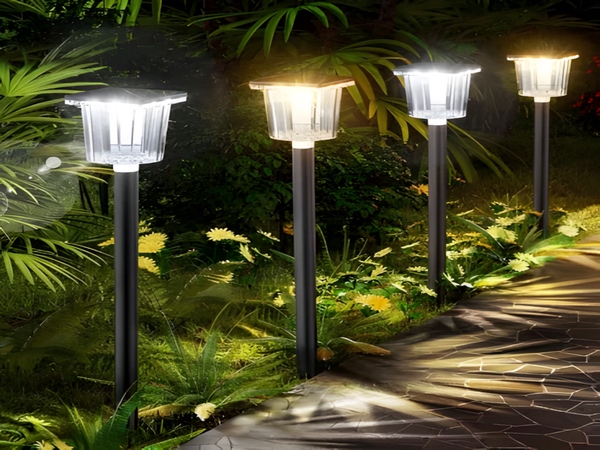
The government is now vigorously advocating “energy conservation and environmental protection.” With technological advancements, many energy-saving products have emerged, including solar street lights. Solar street lights are pollution-free and radiation-free, aligning with modern green environmental concepts, and are thus popular among the public. However, in addition to numerous advantages, solar energy also has certain shortcomings. So, what are the specific shortcomings of solar street lights? Here, we introduce the topic.
Shortcomings of Solar Street Lights

High Cost: The initial investment for solar street lights is significant, with the total cost of a solar street light being 3.4 times that of a conventional street light of the same power. The energy conversion efficiency is low, with solar photovoltaic cells having an efficiency of about 15% to 19%. Theoretically, silicon solar cells can achieve an efficiency of 25%, but in practice, the effectiveness may decrease due to obstruction by surrounding buildings after installation. Currently, the area for solar cells is 110W/m², and a 1kW solar cell requires approximately 9m² of space, which is almost impossible to mount on light poles, making them unsuitable for expressways and main roads. Additionally, geographic and climatic conditions greatly affect their performance, as they rely on sunlight for energy, and local weather conditions directly impact the operation of the lights.

Insufficient Lighting Demand: Prolonged cloudy and rainy days can affect the lights’ brightness, causing insufficient illumination or even failure to light up. In certain regions, solar street lights may have an inadequate amount of sunlight during the day, leading to shorter operating hours at night. The lifespan and cost-effectiveness of components are low. The prices of batteries and controllers are relatively high, and the batteries lack durability and must be replaced regularly, while controllers generally only last about three years. Reliability is also low, as external factors such as weather greatly impact performance.
Maintenance Difficulties: Maintaining solar street lights is challenging, as the quality of the solar panel’s heat island effect cannot be controlled or tested, and the lifecycle cannot be guaranteed. There may be situations of inconsistent illumination. The current application of solar street lights, as assessed by the China Municipal Engineering Association, typically has an illumination range of 6 to 7 meters; beyond 7 meters, the light becomes dim and unclear, which is inadequate for expressways and main roads. There are currently no established industry standards for solar street light illumination. Additionally, environmental and anti-theft issues arise; improper disposal of batteries can lead to environmental concerns, and theft is also a significant problem.
This concludes our discussion on the shortcomings of solar street lights. Aside from these drawbacks, solar street lights have many advantages, such as good stability, long lifespan, high luminous efficiency, easy installation and maintenance, high safety, energy conservation, environmental protection, and practicality, making them suitable for urban main and secondary roads, residential areas, factories, tourist attractions, parking lots, and more.



